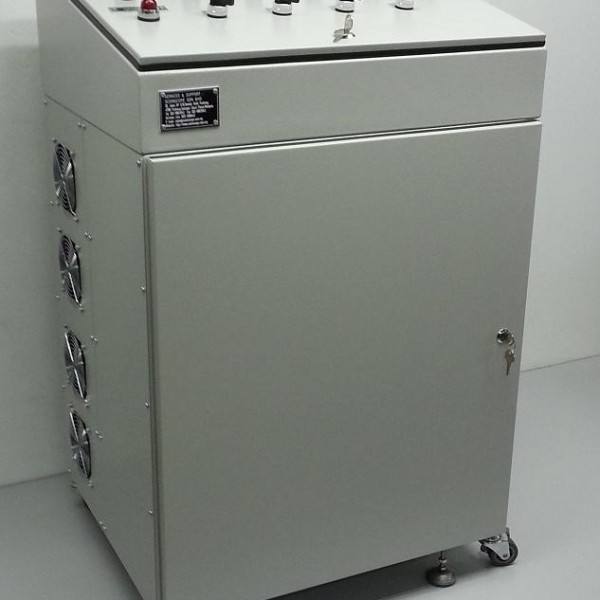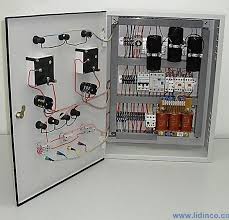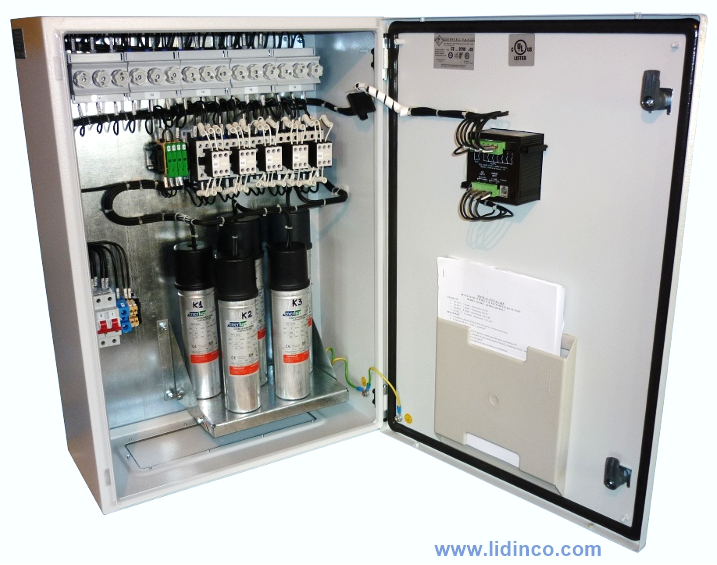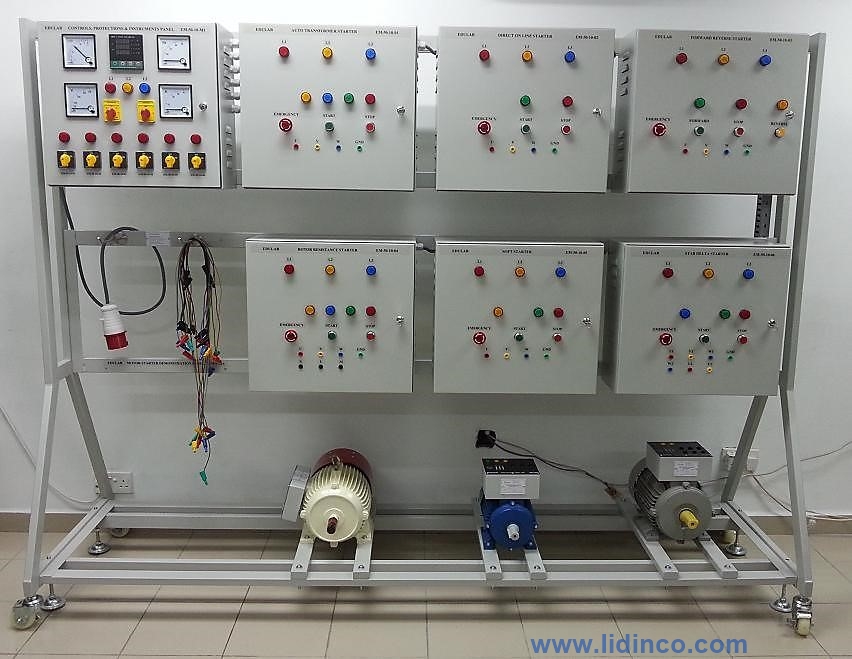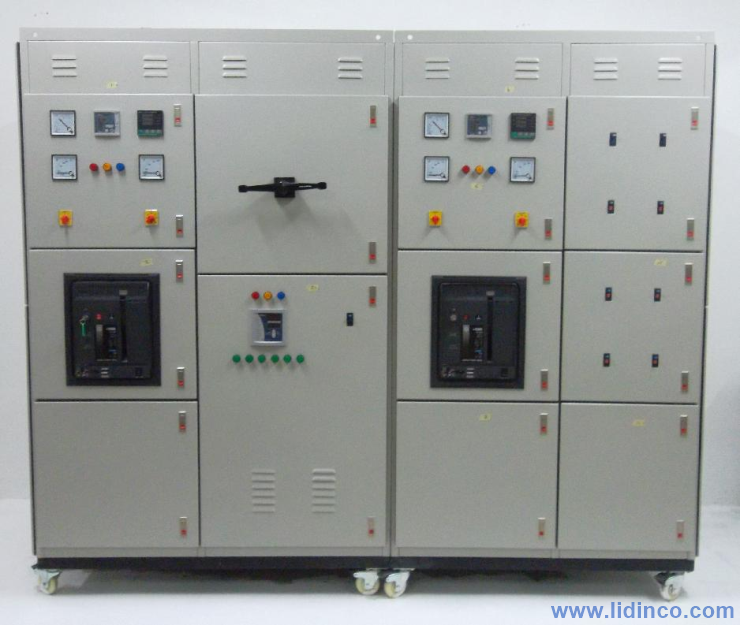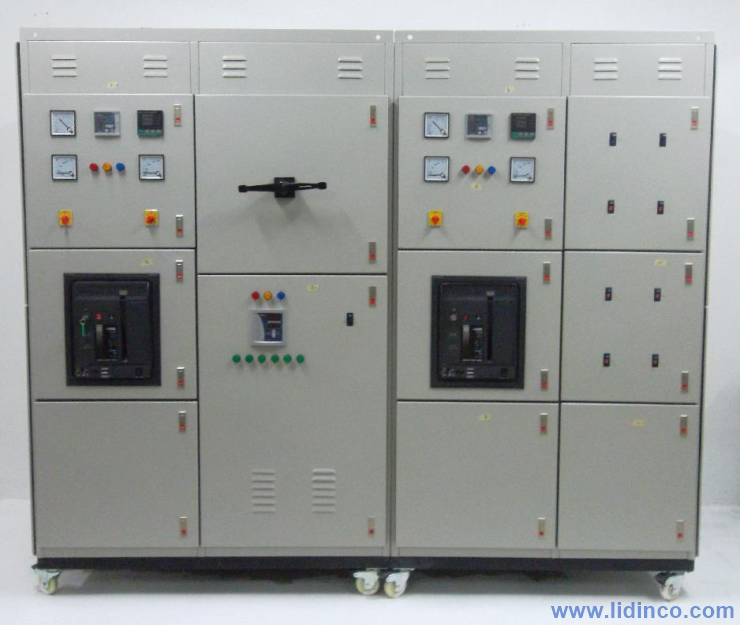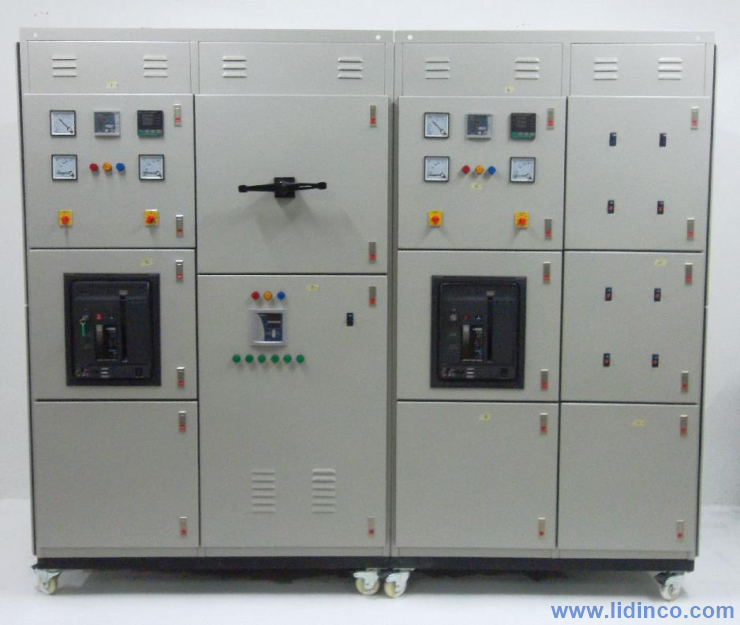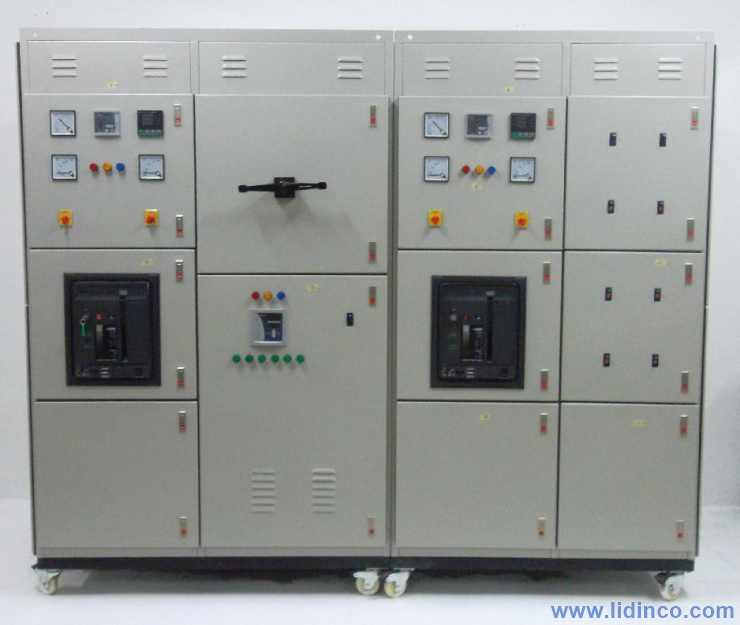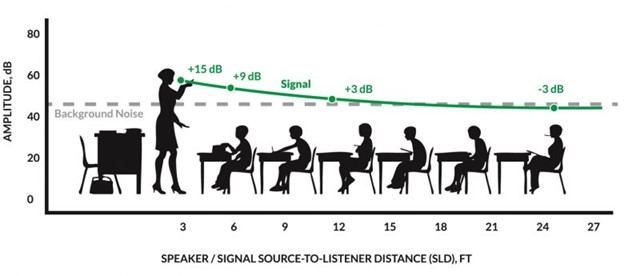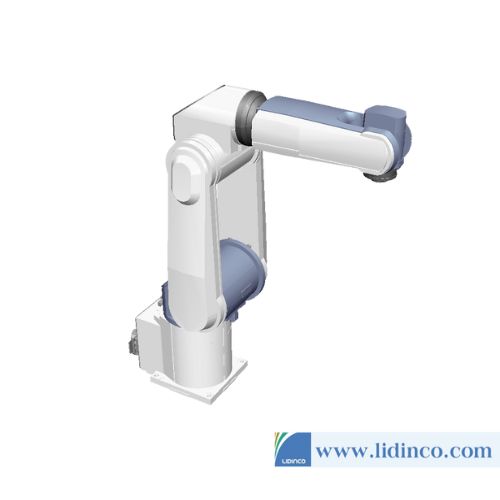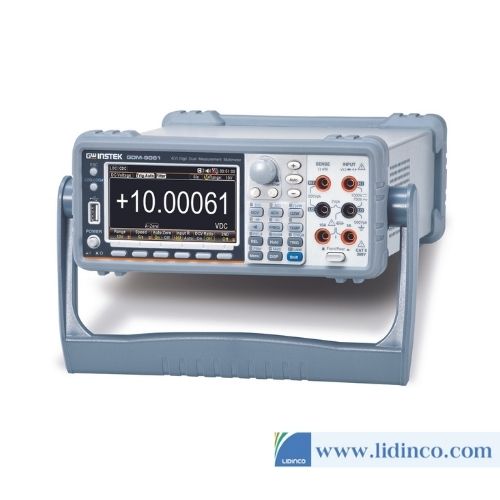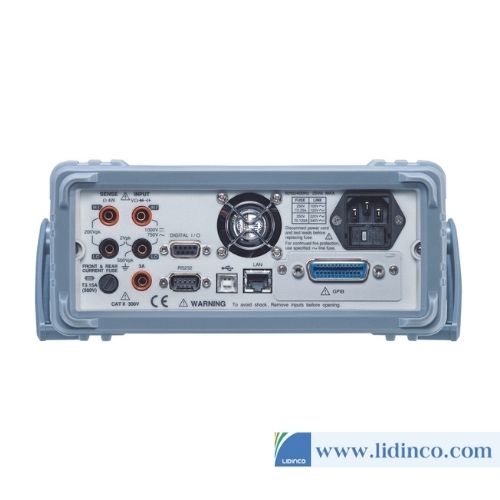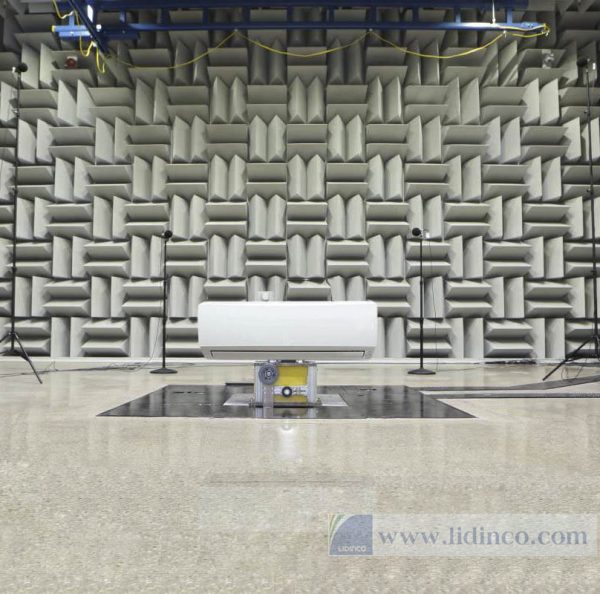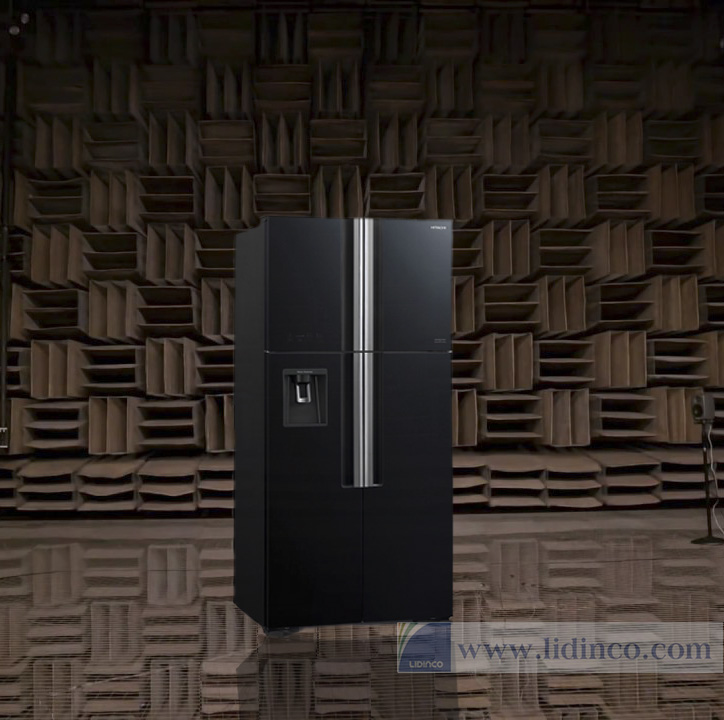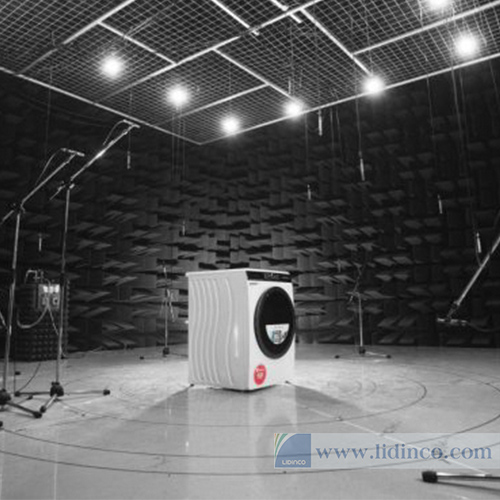Stepper motor
Hotline: +84 906 988 447
Head Office: Ho Chi Minh City
- Tel: +84 2839 778 269 / 3601 6797
- Email: sales@lidinco.com
- Add: 487 Cong Hoa Street, Tan Binh Ward, Ho Chi Minh City, Vietnam
Office: Bac Ninh City
- Tel: +84 222 730 0180
- Email: bn@lidinco.com
- Add: 184 Binh Than Street, Vo Cuong Ward, Bac Ninh, Vietnam
-
 Technical Counseling
100% Free
Technical Counseling
100% Free
-
 Free Shipping
For 3.000.000vnd Order
Free Shipping
For 3.000.000vnd Order
Data is being updated
Description
Provides stepper motor practice kit. The exercises are used on the simulation board system. Using electromechanical practice, electronics
The experiments are carried using training panels in panel frames.
Objectives
- Experiment set-up and wiring according to circuit diagrams
- Working with closed-loop control systems
- Optimisation of servo systems
- Use of computer-controlled measuring interfaces
Stepper motors are a special variety of synchronous motor with a large number of pole pairs. The rotor follows the stator field in steps, the size of which is determined by the number of poles. With normal loading, the angular position of the rotor can be determined precisely. If overloaded, however, step losses arise and information about the current position of the rotor is lost. Stepper motors can be wired to operate in both half-step and full-step modes. Due to their discontinuous operation, stepper motors are the ideal drive systems for digital servo systems.
The equipment set incorporates student experiments which can be carried out in a laboratory safely using safety extra-low voltage. Experiment instructions are contained in a manual in either printed or digital form.
The target group is made up of commercial apprentices and students of power engineering and mechatronics. The course offers introductory experiments at an intermediate level for vocational schools and colleges.
Topics
- Operation of a simple stepper motor: half-step, full-step
- Design of a stepper motor: function, step angle
- Control methods for bipolar and unipolar stepper motors
- Control program for full and half steps using a unipolar stepper motor
- Control logic with external control
- Dynamic response
- Time constants of the windings
- Rate of rise in current as a function of the clocking frequency
- Starting/stopping regions: start frequencies
- Mechanical resonances: effect of load coupling
- Response as a function of clock frequency
Accessories

-
Current Range:
-
Voltage Range:
-
Display Resolution:
-
Accuracy:
Dual Measurement Multimeter GW Instek GDM-9060
Please login to write review!


